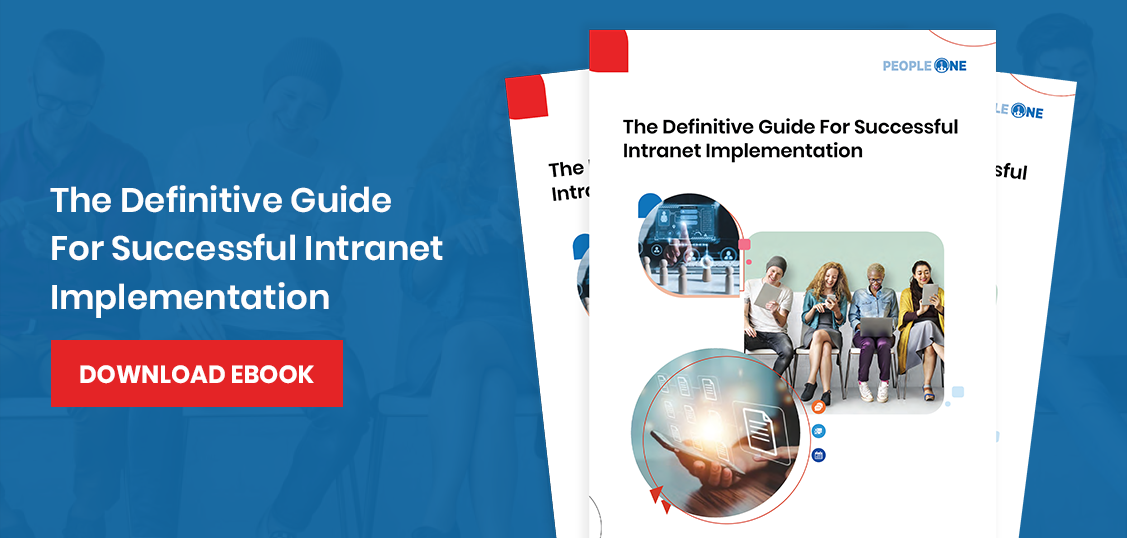Resources > Blogs
Why Achieving Business Goals and Employee Engagement Go Hand in Hand
2-May-2024
Mohammed Umar

For many organizations, it’s easy to treat engagement as another initiative, often sidelined by immediate business demands. However, the importance of engagement can’t be overstated as meeting business objectives and employee engagement go hand in hand. Engaged employees don’t just show up to work on Monday mornings—they bring enthusiasm, collaborate well with colleagues, and strive to achieve organizational goals.
Engagement: A Strategic Element for Growth
Research shows that organizations with highly engaged employees see significant improvements in key business metrics. Here’s why employee engagement should be at the top of strategic priorities:
- Global Engagement Levels: Only 23% of employees worldwide are engaged at work. (Gallup)
- Cost of Disengagement: Disengaged employees cost U.S. companies up to $550 billion a year. (Forbes)
- Effect on Turnover: Teams with low engagement often experience turnover rates that are 18% to 43% higher compared to teams with high engagement levels. (Gallup)
Common Arguments Against Prioritizing Engagement
“It’s too expensive.”
It’s a common misconception that all employee engagement initiatives are expensive. While initiatives like retreats or seasonal events require large budgets, other initiatives, such as recognizing stellar performance, can be done inexpensively. An employee engagement platform like an intranet allows companies to continuously nurture engagement throughout the year. Using an intranet, companies can keep employees engaged by sharing updates, recognizing achievements, and promoting teamwork. It also helps employees connect with each other through forums and discussions. Features like activity feeds keep everyone informed, while surveys and polls make sure employees’ voices are heard. This kind of ongoing support helps keep motivation high and productivity strong, even after special events are over, proving that employee engagement doesn’t have to be expensive to be effective.
“Employees should already be motivated by their pay.”
Compensation is important, but it’s not the sole driver of motivation. A McKinsey report highlights that employees feel more motivated when financial rewards are combined with nonfinancial rewards. The report also says that nonfinancial rewards, like opportunities for upskilling or career development, were particularly impactful in motivating employees. Relying solely on pay to keep employees motivated means missing out on opportunities to create a culture of belonging and purpose, which are critical to sustained engagement.
“We need to focus on results, not feelings.”
Trends like The Great Resignation, Quiet Quitting, and The Great Detachment show that companies must prioritize employee wellness. Prioritizing results without addressing engagement is short-sighted. According to a Gartner article, 82% of employees feel that it is important for their organization to see them as a person and not just an employee. Employees who feel their voice is heard are 4.6 times more likely to feel empowered to perform their best work. Engaged employees deliver exceptional results because they care about their work and the organization’s success.
The Cost of Neglecting Engagement
High turnover and recruitment expenses
Turnover costs go beyond recruitment—they include lost productivity and onboarding time. A study by SHRM reveals that replacing an employee can cost up to 33% of their annual salary. Disengaged employees are more likely to leave, forcing companies into a costly cycle of hiring, training and hiring again. Companies with higher engagement avoid these expenses by retaining top talent and cultivating loyalty.
Low productivity and missed innovation opportunities
Disengaged employees can result in missed opportunities and reduced productivity. They are less likely to collaborate, suggest improvements, or go the extra mile. Their lack of enthusiasm often affects team morale, leading to decreased overall performance. Disengaged employees may also have higher absenteeism rates and a greater likelihood of turnover, increasing recruitment and training costs.
Poor customer experiences leading to revenue loss
Disengagement doesn’t just impact internal operations; it damages customer relationships. Research by PwC found that 73% of customers point to employee attitude as a key driver of positive experiences. Disengaged teams may deliver subpar service, leading to churn and revenue loss.
Rebuttals: Why Engagement is Critical
Engaged employees boost profits and performance metrics
Research from Gallup shows that highly engaged teams experience a 23% increase in profitability and a 20% improvement in sales compared to disengaged ones. Engaged employees work harder, care more about outcomes, and are committed to achieving goals, making them a significant driver of organizational success.
Recognition and support are cost-effective motivators
Recognition and support are cost-effective motivators that can drive employee engagement and satisfaction without significant financial investment. Platforms like intranets offer sustainable ways that help make employees feel valued. For example, peer-to-peer recognition programs enable colleagues to acknowledge each other’s contributions and build a culture of appreciation. This can be done through simple shout-outs or recognition badges on the intranet. Management-led recognition like leaders giving a shoutout to long-standing employees or those who’ve made exceptional contributions, not only validating the individuals’ efforts but also inspiring others to follow suit.
Engagement creates long-term organizational resilience
According to a Deloitte survey, organizations with high engagement were 1.4 times more likely to recover quickly from economic downturns. By building a strong culture of engagement, companies are better equipped to handle disruption and emerge stronger.
Conclusion
From high turnover expenses to lost productivity and weakened customer loyalty, the price of disengagement is steep. Engaged employees, on the other hand, are the backbone of a thriving organization, driving innovation, profitability, and resilience. When employees feel valued, your business goals become their goals—and that’s a recipe for lasting success.
Discover how PeopleOne can transform your organization
Request a DemoHR and Comms Guide: How to Turn Your Intranet into a Highly Engaged and Productive Platform
Download Ebook









